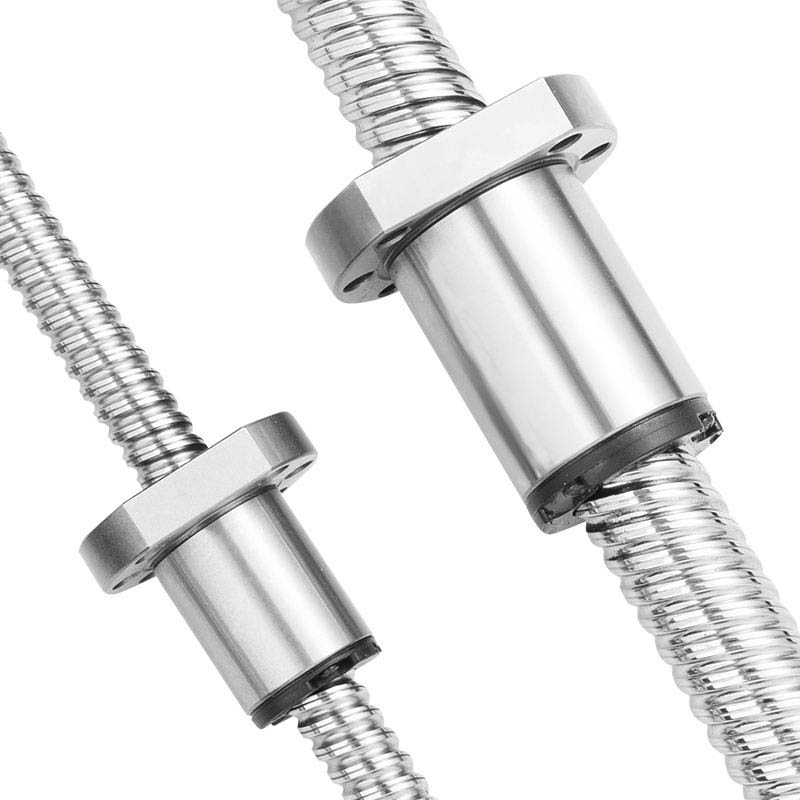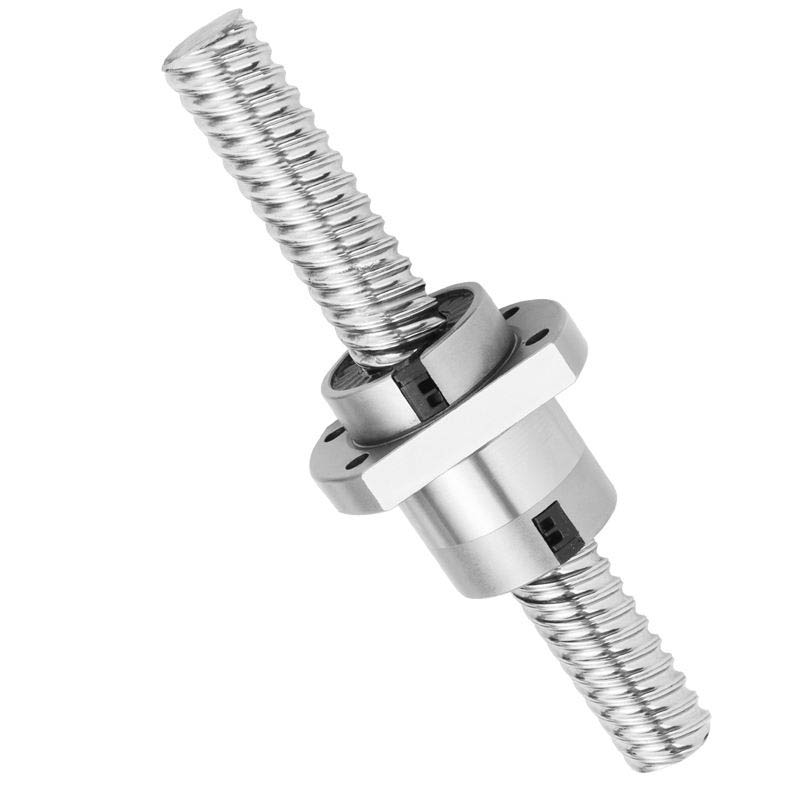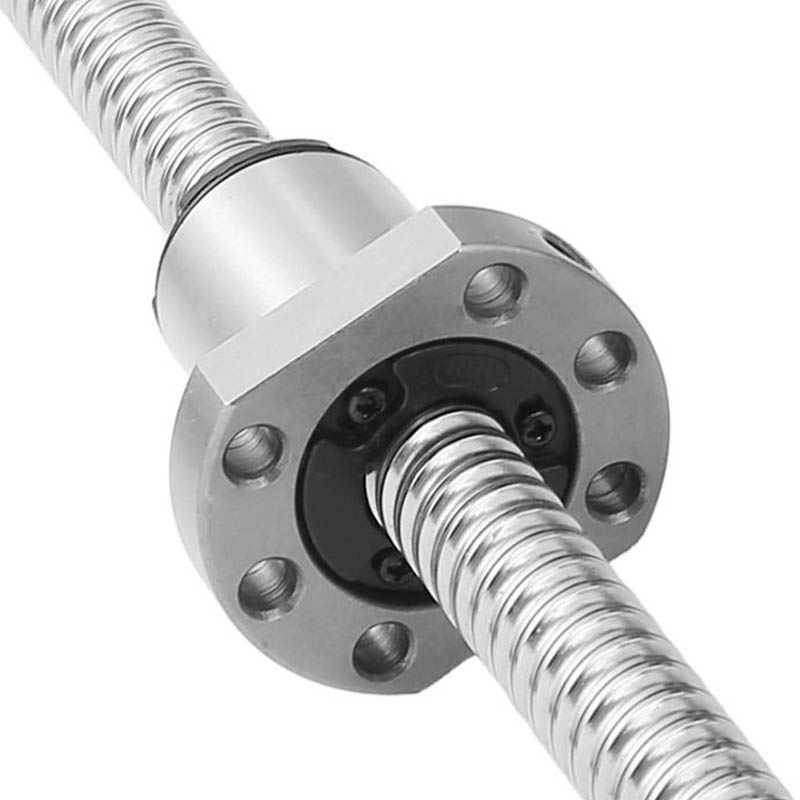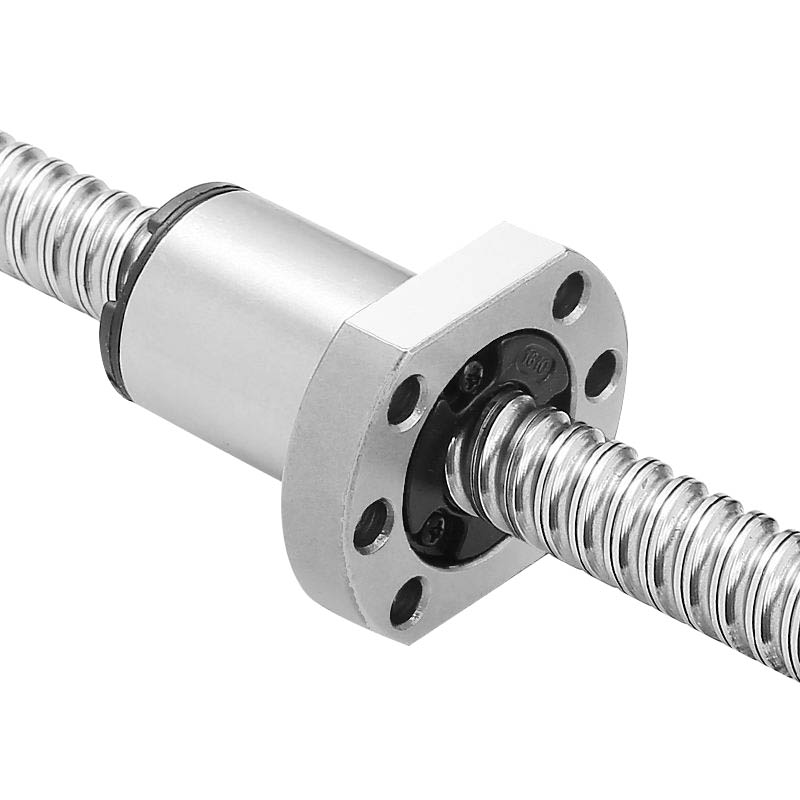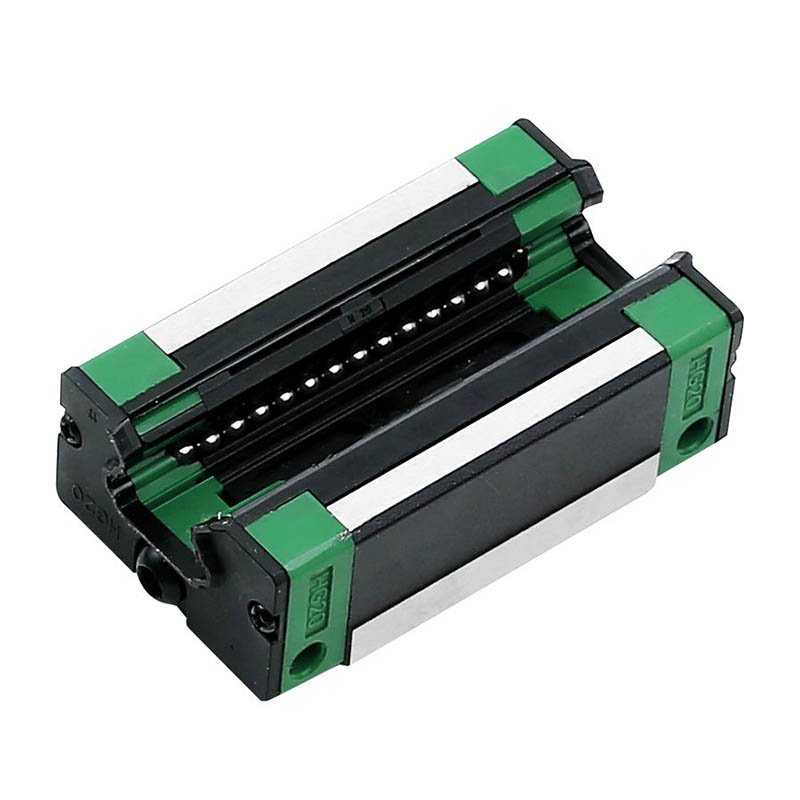In the realm of CNC machining, the meticulous selection of components is pivotal to achieving ideal performance and precision. Among the critical elements that shape the efficiency of CNC machines are ball screws and linear motion guides. In this discourse, we delve into the significance of these components and explore the factors to consider when integrating them into CNC systems.
The ball screw cnc, a fundamental component in CNC machinery, plays a crucial role in converting rotary motion into precise linear motion. It consists of a threaded shaft and a nut containing ball bearings, offering enhanced efficiency compared to traditional lead screws. When selecting a ball screw for CNC applications, several factors come into play.
Firstly, one must consider the load-bearing capacity of the ball screw. Different CNC projects entail varying levels of force and stress on the components. A comprehensive analysis of the intended workload is imperative to ensure the chosen ball screw can withstand the demands of the application without compromising precision.
Moreover, the pitch and accuracy of the ball screw are pivotal considerations. The pitch determines the linear distance covered in one revolution, and a suitable pitch should align with the specific requirements of the CNC machine. Meanwhile, accuracy is synonymous with precision, and a ball screw with high accuracy ensures the CNC machine delivers consistent and reliable results.
Transitioning to the realm of linear motion guides, these components are indispensable for facilitating smooth and controlled movement along a linear path. CNC machines rely heavily on linear motion for various operations, ranging from cutting to engraving. Therefore, selecting the appropriate linear motion guide is instrumental in achieving ideal performance.
One crucial factor to consider is the type of linear motion guide, with options including ball bearing guides, roller guides, and magnetic guides. Each type offers distinct advantages and disadvantages, making it essential to align the choice with the specific demands of the CNC application. Factors such as load capacity, speed requirements, and environmental conditions all play a role in determining the more suitable linear motion guide.
Additionally, the material composition of the linear motion guide is a critical consideration. Materials with high rigidity and resistance to wear and tear are preferable, ensuring longevity and sustained precision in CNC operations. Stainless steel and hardened steel are commonly favored materials due to their durability and resilience in demanding machining environments.
In the process of selecting components for CNC machining, it is imperative to recognize the interplay between ball screws and linear motion guides. Compatibility between these two elements is essential to achieving seamless and precise motion within the CNC system. Rigorous testing and analysis should be conducted to ensure synergy and ideal performance.
In conclusion, the realm of CNC machining demands meticulous consideration when selecting components. The marriage of ball screws and linear motion guides is a critical juncture in the journey toward precision and efficiency. By evaluating load capacities, pitch, accuracy, and material composition, CNC operators can navigate the complex landscape of component selection, ultimately elevating the capabilities of their machining systems.








 English
English 中文简体
中文简体 русский
русский Español
Español
